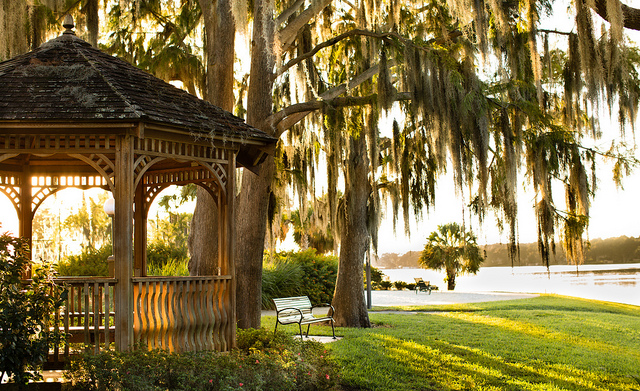Everyone can name at least one time that they’ve seen police cars or ambulances on campus, from as recent as outside Sutton Apartments at the end of January to as far back as outside the Chapel after Candlewish last semester.
To a student, all of this activity can be concerning, especially since the amount of activity on campus is disproportionate to the amount of timely notifications we receive.
I am mostly concerned with some of the incidents that I discovered looking through the Crime and Fire Log.
On January 23, 24, and 29 there were three instances of bicycle theft outside of McKean Hall, the Alfond Sports Center, and Hume House.
On January 25 around 3:58 a.m. a suspicious vehicle was observed in the SunTrust Garage. Occupants of the suspicious vehicle were seen attempting to access another car.
Furthermore, on January 30 there was a report of an unknown man entering McKean Hall and following a student throughout the building.
These concerns are protected by the Jeanne Clery Act, a federal statute that requires colleges and universities to keep and disclose information about crime on and near their campuses. To accomplish this goal, the Clery Act also mandates that colleges and universities issue timely notifications for crime on campus.
The Clery Act requires that the following crimes receive a timely notification: homicidal murder, sex offenses, robbery, aggravated assault, burglary, motor vehicle theft, arson, and arrest. These crimes must also pose an ongoing threat to the campus community to warrant a timely notification.
Rollins Campus Safety is in complete compliance with the Clery Act. However, there are certain events that occur on campus that I feel should receive the same or similar treatment as those that require a timely notification.
All reports of crime, suspicious activity, and medical emergencies on or near campus are recorded on Campus Safety’s Crime and Fire Log.
However, whenever there are police or ambulances on campus, the average student’s first impulse is not to look for this resource. Rather, most students spread rumors amongst themselves, seeking information in those who witnessed it.
Such rumors potentially spread misinformation. Relying on rumors for a source of information also creates a bad image for Campus Safety, calling into question the transparency of Rollins.
This suspicion is also cultivated by the fact that Campus Safety chooses to send out emails about construction and traffic obstruction — information that the college is not mandated to deliver, but does so out of courtesy. If we can have active updates on traffic, why can’t we also have active updates on more worrying information on campus?
Part of the issue is concern for privacy. The majority of incidents on campus that insight a lot of attention are usually some form of medical emergency, the details of which Campus Safety can not divulge out of desire to protect community members’ privacy. These incidents, however, are not my main concern.
It is incidents such as thosementioned earlier, which are not protected under the Clery Act, that I believe Campus Safety should put forth a more concerted effort towards communicating with the Rollins community.
These incidents, while not necessarily posing an ongoing threat, do pose a threat and can be used to warn the Rollins community on precautions that they can take in the advent that such incidents continue.
I discussed this concern with Dean of Students Meghan Harte Weyant. She was completely open to the idea of reforming the communication methods between the Rollins community and Campus Safety, stating that she wants to create a “community in dialogue with each other.”
She expressed that if the Rollins community desires to open a conversation about what the community wants more information about and how to communicate information, she would be “100% committed to that conversation.”
As such, if the information I have brought to light concerns you as much as it has concerned me, please make your voices be known and help facilitate this necessary conversation.







Be First to Comment